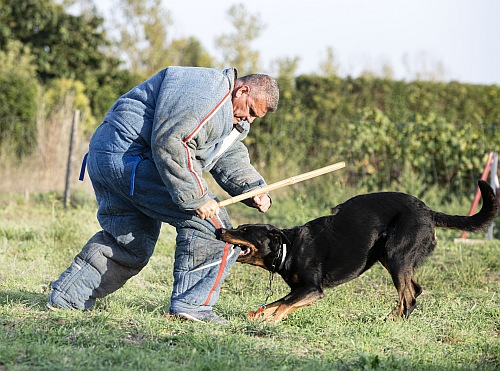- June 17, 2016
- Workers' Compensation
While severe and tragic accidents can happen on the job for anyone, there are occupations that pose much greater risks than others. One of those occupations is logging. The National Traumatic Occupational Fatalities (NTOF) surveillance system reported that 1,492 loggers died in the 10-year period between 1980 to 1989, according to the Centers for Disease Control and Prevention (CDC). This meant that, during that time period that began almost three decades ago, logging was 23 times more dangerous than the average U.S. worker. Unfortunately, logging has become even more perilous.
In 2012, Logging Deaths Surpass Fishing Deaths for First Time
Fishing has long been the most dangerous civilian occupations in the U.S, that is, up until 2012. In 2012, logging surpassed fishing in terms of deaths with a total of 64 fatalities and 129.9 fatalities per 100,000 workers (there were fewer than 100,000 loggers) compared to 120.8 deaths per 100,000 fishermen, according to the Bureau of Labor Statistics. That represents a 25 percent increase from the year before. The last time logging was the most dangerous occupation was in 2004.
2014: More Fatalities But Safer Per 100,000 Workers
While there were 77 logging fatalities in 2014, according to the Bureau of Labor Statistics, logging deaths represented a down trend in terms of deaths per worker. There were 109.9 deaths per 100,000 loggers in 2014. However, logging remained the most dangerous occupation by a large margin. Fishing was again the second most dangerous with 22 total fatalities and a rate of 80.8 fatalities per 100,000 workers. The average for all workers was 3.3 deaths per 100,000.
Over Half of Fatalities are Caused By Falling Objects or Being Crushed Between Objects
Logging is an inherently dangerous occupation. Loggers work with dangerous equipment on unsteady ground with large machinery and 20-ton trees falling around them. Accidents are bound to happen if precautions are not taken by all those involved, including the logging company. According to National Traumatic Occupational Fatalities data, 59 percent of logging deaths occurred from falling objects, flying objects (such as limbs or metal cables), or from being caught and crushed between objects. 90 percent of those fatalities were caused by trees, limbs, logs, or snags. An even more dangerous occupation than normal logging is long-line logging with helicopters, where there are more hazards for all those involved.
Injury Rates for Loggers is Incredibly High
While the following information is somewhat dated, it gives a picture of the high injury rate of loggers. According to the Bureau of Labor Statistics, in 1992 loggers were subjected to 14,000 injuries per 100,000 deaths. This meant that there were significant lost work days as well as a high rate of workers’ compensation claims. If you or a loved one were injured in a logging work accident, there is a very high chance that you are entitled to workers’ compensation. Receiving workers’ comp can be difficult, and receiving the proper amount that you are owed can be even more complicated, which is why hiring an experienced attorney is crucial. Call a workers’ compensation attorney today for a free consultation.









